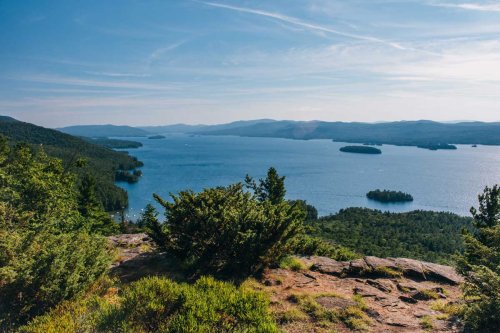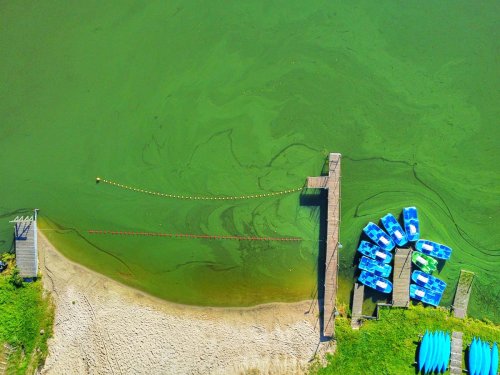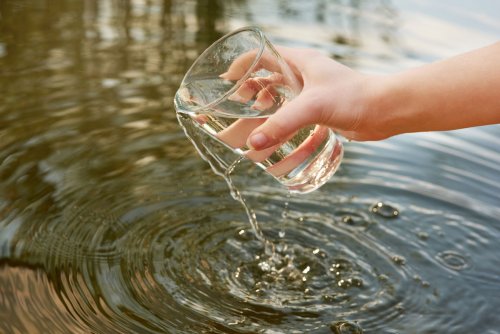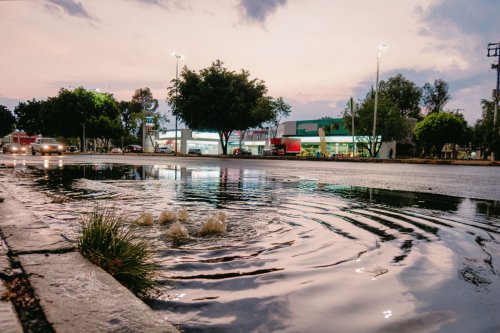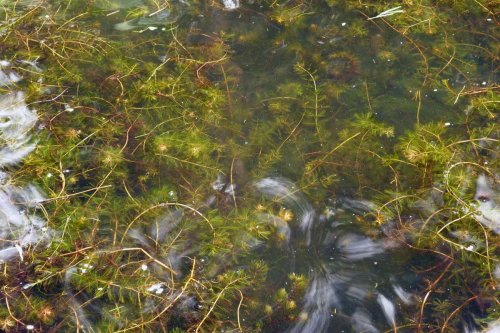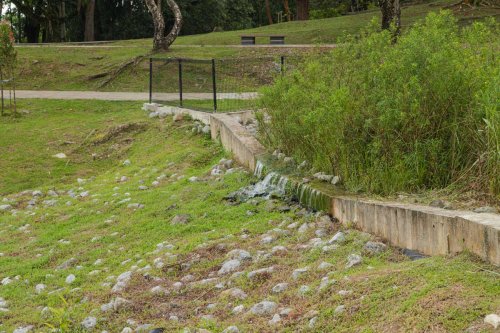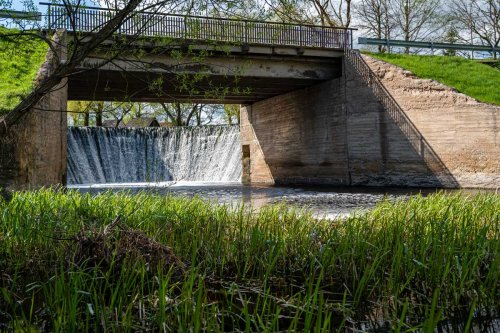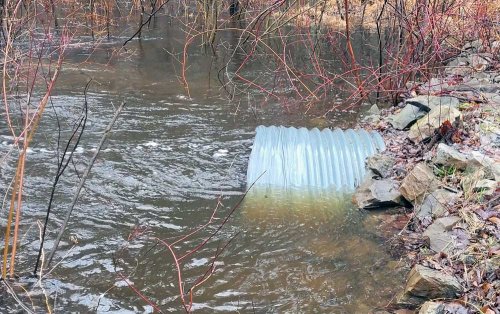Protecting Lake George: Keeping One of America's Cleanest Lakes Pristine
Lake George supports drinking water for thousands of people, sustains a $2 billion regional tourism economy, and provides habitat for fish, birds, and wildlife. The collective efforts to protect it serve as a national model for watershed management, showing what’s possible when science, policy, and community work together.
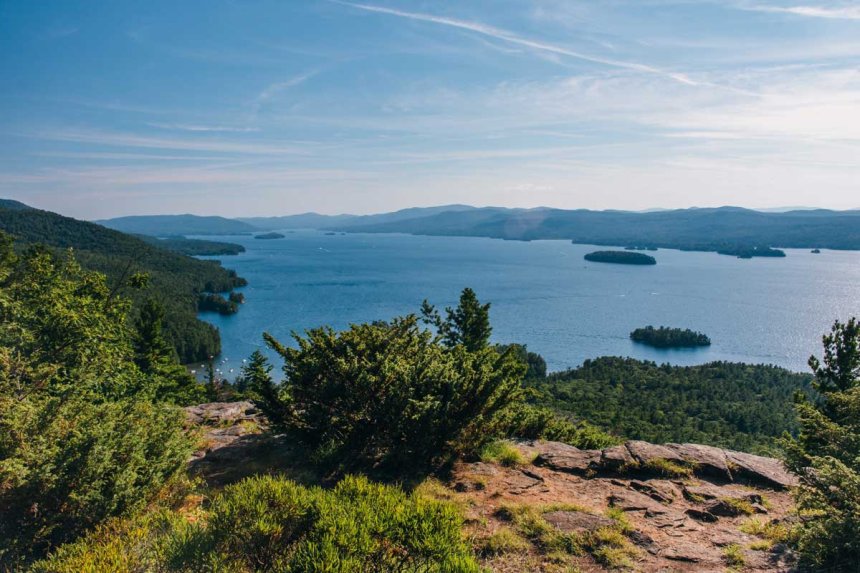
Nestled in the Adirondack Mountains of upstate New York, Lake George is often referred to as the "Queen of American Lakes," and for good reason. With crystal-clear waters stretching over 32 miles and a watershed that supports rich biodiversity, Lake George is both an ecological treasure and a major driver of the local economy. But this gem doesn’t remain pristine by accident. A coalition of public agencies, non-profits, researchers, and local governments have long been working together to preserve the lake’s legendary clarity and ecological health.
The Lake George Association (LGA)
At the forefront of the lake’s protection is the Lake George Association (LGA), the oldest lake conservation organization in the United States. The LGA leads a wide range of water quality initiatives including stormwater management, invasive species prevention, and public education.
One of the LGA’s major projects has been its Lake Protector Program, which encourages property owners and local businesses to adopt lake-friendly practices such as using phosphorus-free fertilizers, planting vegetative buffers, and managing stormwater runoff. The organization also actively monitors lake conditions and engages in advocacy to support strong environmental protections.
The Jefferson Project
An innovative public-private partnership called The Jefferson Project has been a game-changer for scientific research on the lake. Founded in 2013 by IBM Research, Rensselaer Polytechnic Institute (RPI), and the Fund for Lake George (which has since merged with the LGA), the project uses cutting-edge technology to model and monitor water quality.
Through a network of sensors, satellite data, and supercomputer simulations, the Jefferson Project provides real-time information on everything from nutrient levels to the impact of boat traffic. This "smart lake" approach allows researchers to identify problems early and develop targeted, science-based solutions.
The Warren County Soil and Water Conservation District
A key on-the-ground partner in protecting Lake George is the Warren County Soil and Water Conservation District. This agency works directly with municipalities, landowners, and contractors to reduce erosion, manage stormwater, and implement best management practices across the watershed.
Their work includes stabilizing streambanks, designing and installing rain gardens, constructing vegetative buffers, and providing technical assistance for projects that aim to minimize sediment and nutrient runoff into the lake. They also assist with grant writing and project funding, making it easier for local stakeholders to adopt environmentally sound practices.
By focusing on practical, field-based solutions, the Conservation District serves as a crucial link between scientific recommendations and real-world application.
Local Government and State Agencies
The Lake George Park Commission (LGPC), a New York State agency, regulates development around the lake and oversees programs such as boat inspection and decontamination to combat the spread of aquatic invasive species like zebra mussels and Eurasian watermilfoil. In fact, Lake George was one of the first lakes in the Northeast to implement a mandatory boat inspection program, a key step in preserving its clean waters.
Local towns and counties around the lake, including the Town of Lake George and Warren County, also play important roles. They have invested in wastewater treatment upgrades, septic system inspections, and road salt reduction strategies, acknowledging that even small pollutants can pose a big risk to water quality over time.
Invasive Species Control
Preventing and removing invasive species is a constant battle. In addition to the LGPC’s boat inspection program, local organizations and volunteers conduct hand-harvesting of aquatic invasives and deploy benthic mats to smother plants like Eurasian watermilfoil.
Education campaigns are another critical component. Outreach programs teach residents and visitors about the importance of “Clean, Drain, and Dry” practices for boats and gear, helping to stop invasive hitchhikers from spreading between water bodies.
A Community Effort
Preserving Lake George isn’t just the job of scientists and regulators - it’s a community-wide commitment. Local schools incorporate lake protection into their curriculum. Business owners promote eco-friendly practices to tourists. Residents participate in clean-up days, citizen science programs, and lake stewardship initiatives.
Why It Matters
Lake George supports drinking water for thousands of people, sustains a $2 billion regional tourism economy, and provides habitat for fish, birds, and wildlife. The collective efforts to protect it serve as a national model for watershed management, showing what’s possible when science, policy, and community work together.
As pressures from climate change, development, and pollution increase, the work to protect Lake George is far from over. But thanks to these ongoing efforts, the Queen of American Lakes continues to reign; clean, clear, and vibrant.
Learn more:
-
Lake George Association: https://lakegeorgeassociation.org
-
The Jefferson Project: https://jeffersonproject.rpi.edu
-
Lake George Park Commission: https://lgpc.ny.gov
- Warren County SWCD: https://warrenswcd.org









